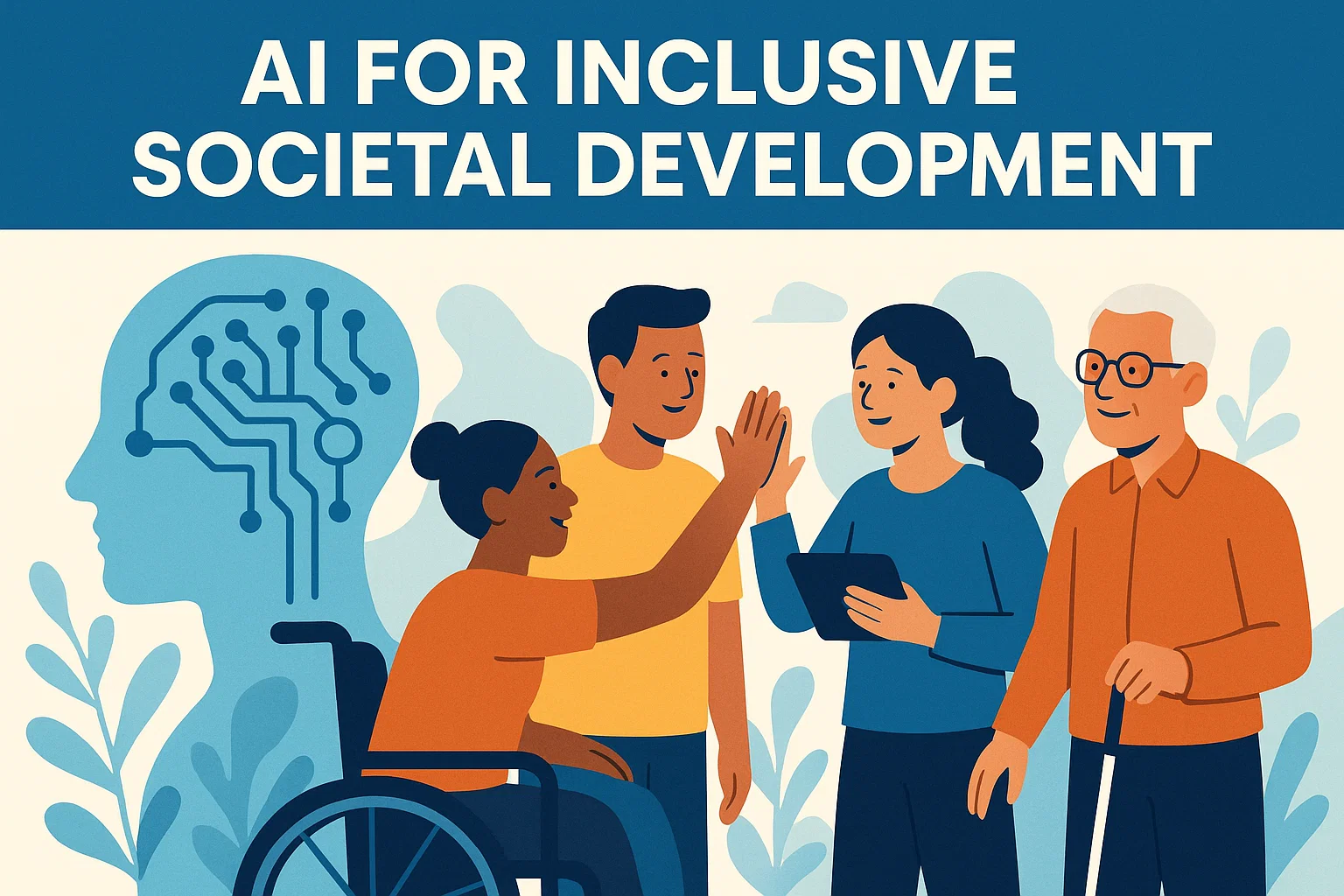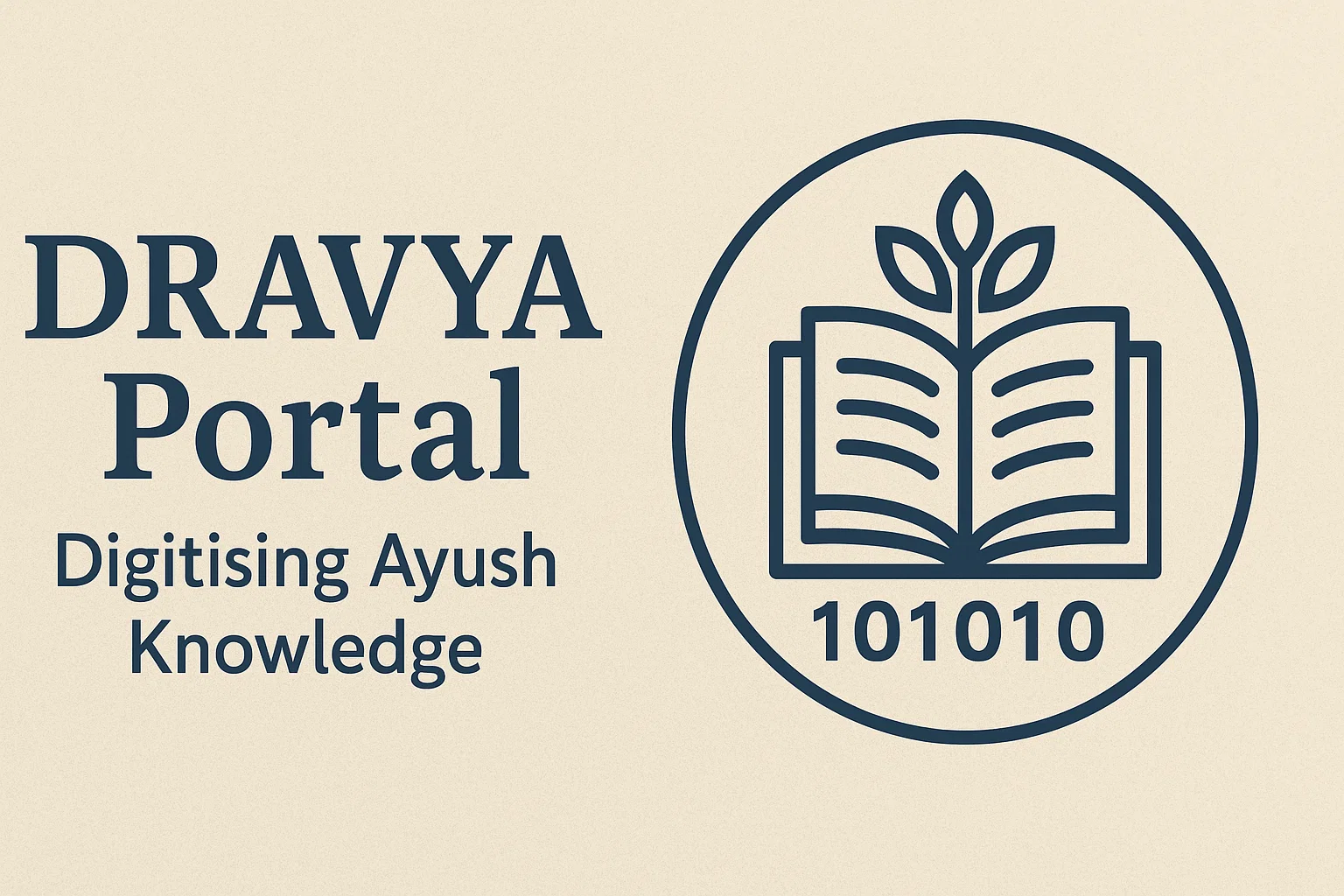NOTA in All Elections Raises Concerns About Electoral Impact
NOTA in All Elections May Undermine Democratic Participation
Context: The inclusion of the None of the Above (NOTA) option in the Indian electoral system was hailed as a step toward enhancing democratic participation by recognising the right to reject. Recently, a Public Interest Litigation (PIL) filed by the Vidhi Centre for Legal Policy has reignited debate over whether NOTA should be mandatorily included in all elections, even in cases where only a single candidate is contesting.
Historical Background: When Was NOTA Introduced?
- First Introduced: NOTA was introduced in 2013, following a PIL by the People’s Union for Civil Liberties.
- Judicial Rationale: The Supreme Court held that voters should be able to express dissent without compromising the secrecy of their vote.
- Purpose: To enable voters to reject all candidates if none are deemed suitable, without having to abstain from voting.
Relevance of NOTA in Indian Elections
- Limited Usage: NOTA has historically seen low voter turnout – just above 1% in Lok Sabha elections (2014, 2019, 2024).
- Still Significant: Given India’s large electorate, even 1% in a parliamentary constituency of 25 lakh voters translates into thousands of dissenting votes.
- Symbolic Value: It remains a tool of symbolic protest, allowing voters to express discontent against all contesting candidates.
- State-Level Data:
- Bihar Assembly Elections (2015): 2.48% votes for NOTA.
- Gujarat Assembly Elections (2017): 1.8% votes for NOTA.
- NOTA votes were generally higher in first-time usage, but declined later (though the trend is non-linear).
Key Concern: Uncontested Elections and NOTA
- The PIL Argument: If elections are not held in constituencies with only a single candidate, it denies voters a chance to express disapproval through NOTA.
- Democratic Deficit: Automatically declaring a sole candidate elected undermines voter choice and reduces electoral legitimacy.
Election Commission’s Position on NOTA
- Opposition to Compulsory Inclusion: The Election Commission (EC) has strongly opposed making NOTA compulsory in all elections.
- Statistical Reasoning:
- Since 1971, only six uncontested Lok Sabha elections have occurred.
- Since 1952, only nine candidates have been elected unopposed.
- Legal Constraints: Making NOTA mandatory in such rare cases would need legislative amendments to the Representation of the People Act, 1951 and the Conduct of Election Rules, 1961.
|
Are NOTA Voters a Mere Minority?
|
- Administrative Burden Argument Rebutted:
- The rarity of such cases implies that resources required would be minimal.
- EC’s capacity to manage thousands of constituencies indicates ability is not a constraint.
Way Forward: Strengthening the Role of NOTA
To improve democratic accountability, several reform measures can be considered:
- Minimum Vote Threshold for Election
- A rule may be framed where a candidate must secure a minimum percentage of total votes polled to be declared elected.
- This would prevent candidates from winning due to low turnout or lack of genuine support.
- Legal Legitimacy to NOTA Votes
- Enact a provision for re-election in constituencies where NOTA receives a pre-determined minimum percentage of votes.
- This would:
- Give substantive power to the protest vote.
- Compel political parties to field better candidates.
- Mandatory NOTA in All Elections
- Even in single-candidate elections, NOTA should be a compulsory choice, to ensure:
- Voter autonomy and expression.
- Upholding the principle of electoral contest.
- Even in single-candidate elections, NOTA should be a compulsory choice, to ensure:


